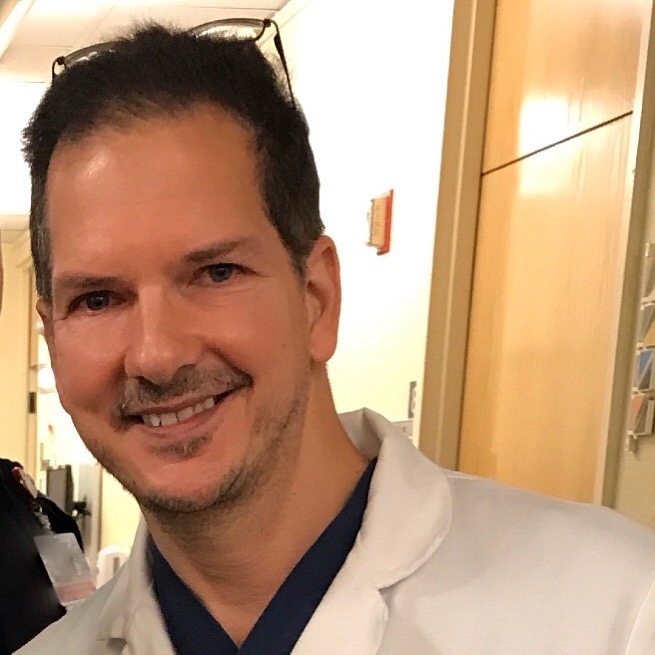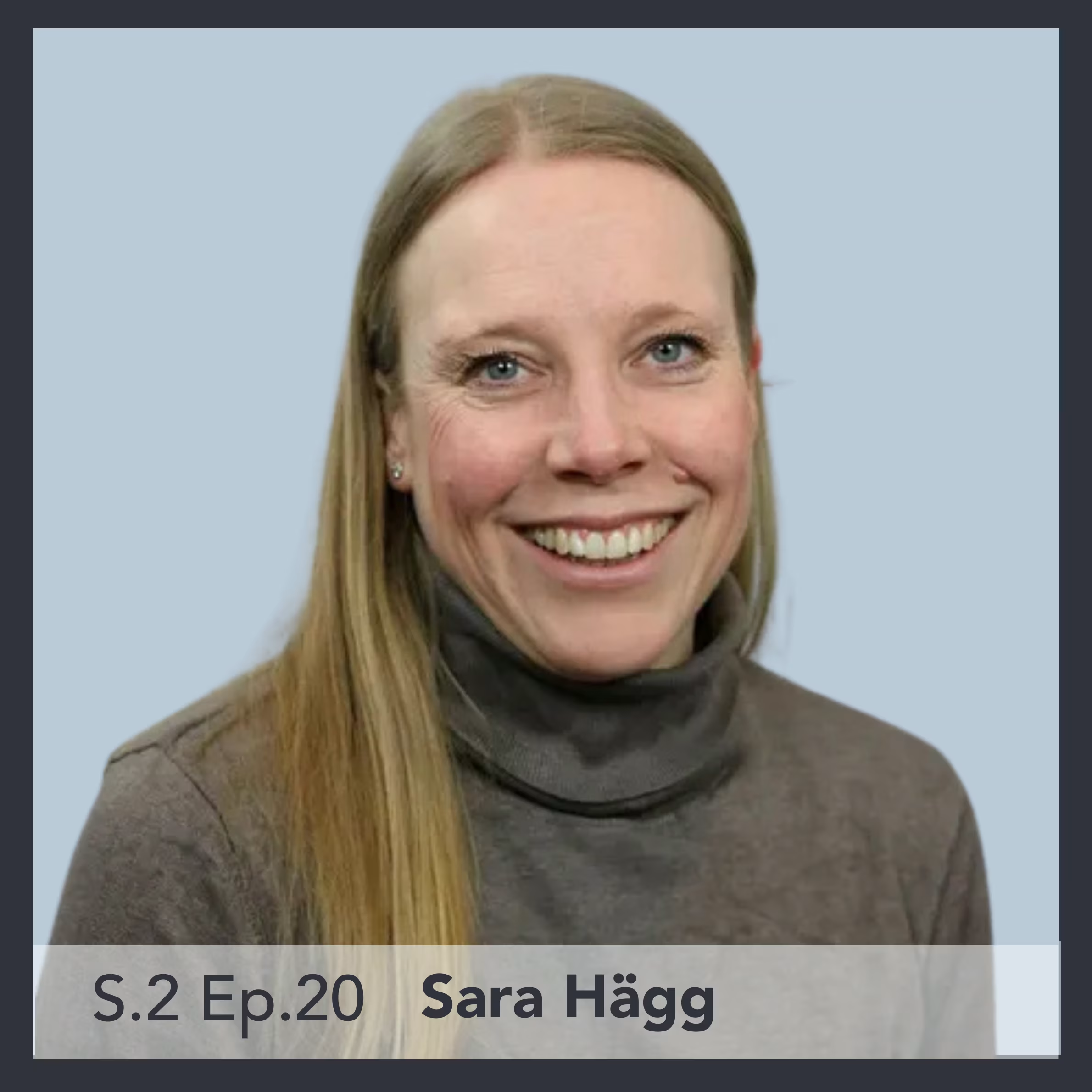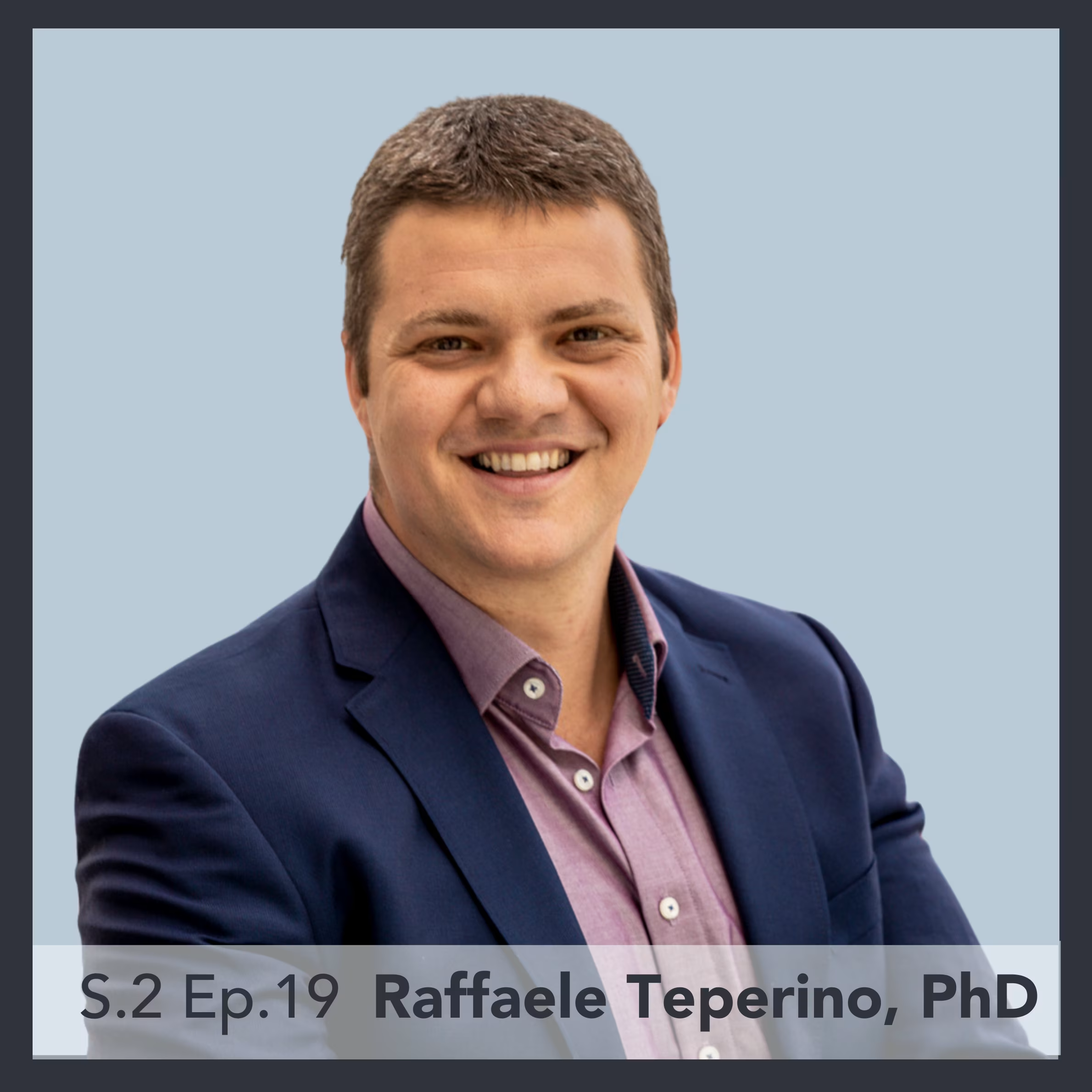Risk stratification in surgery is a crucial aspect of modern medical practice that involves assessing the potential risks and benefits associated with a surgical procedure for an individual patient. The goal is to optimize patient outcomes and improve decision-making by identifying those who may be at higher risk for complications.
While vital for guiding clinical decision-making, current risk stratification in surgery faces several limitations. For example, incomplete or inaccurate patient data can impact the accuracy of risk assessments, and existing risk scoring systems may not encompass all relevant factors or lack predictive power for certain patient populations or procedures.
Generalization of risk models can lead to inaccurate estimations when applied to different patient groups or healthcare settings, and the challenge of individualizing risk assessment for each patient remains.
Despite these limitations, risk stratification continues to play a crucial role in surgical practice, guiding preoperative planning and perioperative care while facilitating informed discussions between patients and healthcare providers.
Dr. Christopher Ames, Spine Tumor and Spinal Deformity Surgery Neurosurgeon at UCSF, has made extreme efforts to improve accuracy and individualization while addressing these challenges as medical research and technology advance.
Surgery for spinal deformity has the potential to improve pain, disability, function, self-image, and mental health. These surgeries carry significant risk and require careful selection, optimization, and risk assessment.
As many of you know, epigenetic clocks are age-estimation tools derived by measuring methylation patterns of specific DNA regions. The study of biological age in the adult deformity population has the potential to shed insight on the molecular basis of frailty and improve current risk assessment tools.
In this week’s Everything Epigenetics podcast, Dr. Christopher Ames and I talk about how risk calculators will play an increasingly important role in the future of healthcare and the limitations of current risk stratification in surgery.
Our conversation also encompasses the utilization of adult deformity as a model for studying the aging demographic, adopting a multifaceted approach to stratify risks, and exploring the indications from data that aging biomarkers could contribute to evaluating surgical risks.
Lastly, we explore the potential integration of biological age into existing risk calculators, a step that could enhance their precision and furnish valuable insights for patients, surgeons, and stakeholders alike.
In this podcast you’ll learn about:
– Where Dr. Ames’ passion stems from
– Limitations of current risk stratification in surgery
– Predictive modeling of outcomes
– New variable identification
– Adult deformity as a disease model for studying the aging population
– Using telomere length as a biomarker for Dr. Ames pilot study
– The difference between telomere length and epigenetic testing
– The study population Dr. Ames is investigating
– Dr. Ames’ study on epigenetic age and spinal deformity
– Aging markers for risk prediction in surgery
– Risk stratification before epigenetic DNA methylation biomarkers
– A multi-variable approach for risk stratification
– The very first study to correlate epigenetic age and frailty scores in a prospective cohort of patients undergoing spine surgery
– The association of DunedinPACE and frailty, disability, and postoperative complications
– How cellular and epigenetic age are more important than chronological age when assessing perioperative risk and may improve current risk stratification models
– How Dr. Ames uses this data in his specialty
– The creation of a “bone aging clock”
– Dr. Ames future endeavors
Dr. Ames is the director of spinal deformity and spine tumor surgery and co-director of the combined high risk spine service, the Neuro Spinal Disorders Program, and the UCSF Spine Center. He is board certified in neurosurgery. He was named to the 2015-2022 Top Doctors lists in San Francisco Magazine, and among America’s Top Doctors for both neurosurgery and cancer from 2010 to 2022. His tumor practice focuses on en bloc tumor resection for chordoma, chondrosarcoma, giant cell tumor, soft tissue sarcoma, sacral tumors, and other primary and metastatic tumors. While at UCSF, Dr. Ames developed and published the transpedicular approach to previously unresectable cervical and cervical thoracic tumors. He serves as Spine Section Lead editor for Operative Neurosurgery.




